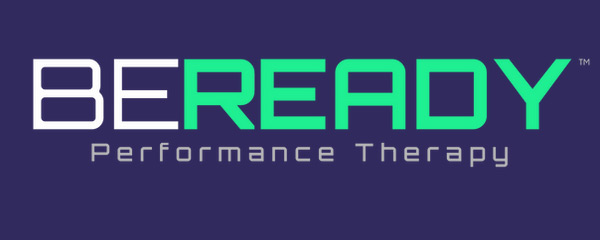Throughout the course of a baseball season, players’ shoulders and elbows take a beating. The demand of the throw places our shoulder in extremes of rotation that no other movement can mimic. During a season athletes may unintentionally gain up to 20 degrees of external rotation. These changes can create significant imbalances in strength and can also place a lot of stress on the structures of the shoulder and the elbow.

Common areas of imbalance and weakness associated with high-volume throwing during a season:
- Front of the shoulder (Deltoid, rotator cuff, biceps, Lats)
- Pectoral muscles
- Serratus Anterior
- Forearm flexors
Why are these areas of weakness a concern for you as a baseball player?
- If the muscles on the front of the shoulder (deltoid, rotator cuff, biceps, pectorals, Lats) are not strong enough to offset the massive increase in shoulder external rotation, you can experience excessive motion of the shoulder joint during the throw. This can lead to labrum and bicep issues. This can also place a lot of stress on the UCL.
- If the lats are fatiguing and strength decreases, then you as an athlete are losing a significant power generator during the throw. Additionally, weakness in the lats requires the rotator cuff to perform jobs that it should not be performing, like producing high-velocity movement. The rotator cuff is a stabilizing muscle, not a power source.
- Weakness to the forearm flexors leaves the UCL exposed to injury.
- The serratus anterior (under your shoulder blade) is very important in creating a stable base for the shoulder during overhead motions like the throw. If we are losing the strength and stability of this muscle, our shoulder is not moving with precision. This is very important in maintaining a healthy shoulder during a season.
Common Pain Points for Baseball Players
- Front of the shoulder (Rotator cuff/Bicep tendon)
- Medial Elbow (UCL)
- Lateral elbow (Growth plate/bony compression)
- Back of shoulder (Rotator cuff)
How do we offset and mitigate some of these changes during our season?
- In-season training and a daily program is key.
- Daily Mobility and Shoulder Stabilization Program
– In-season training can prevent a drop in power production throughout the season. Which means you aren’t losing velocity on your throw.
What types of things Be Ready Performance Therapy can do to help keep you feeling healthy and performing at a high level?
- Cupping
- Scraping
- Dry Needling
- Blood Flow Restriction training
- Joint mobilizations
- Manual soft tissue stretching and active release
- Guided corrective strengthening
Weekly proactive recovery is an excellent way to keep your body healthy during the season. Don’t wait for pain or injury to set in, take control of your training, and take control of your recovery.
We help numerous baseball athletes perform at a high level and stay healthy throughout their season. We would love to help you. Schedule a call with us to get involved in our weekly strength & conditioning and proactive recovery programs.


